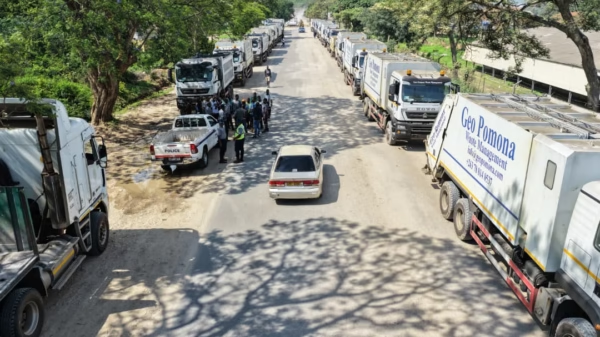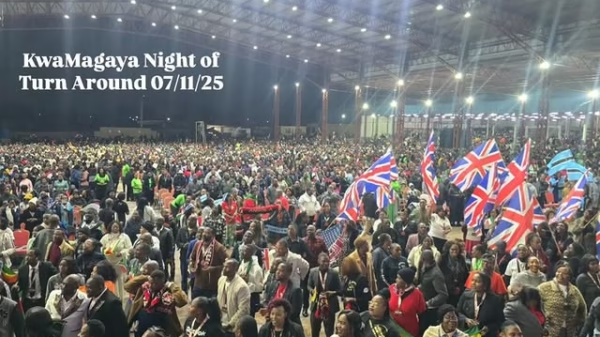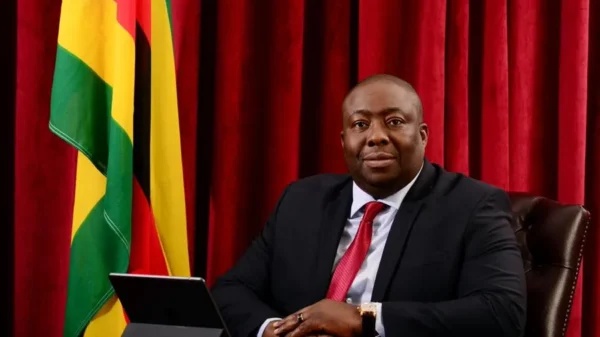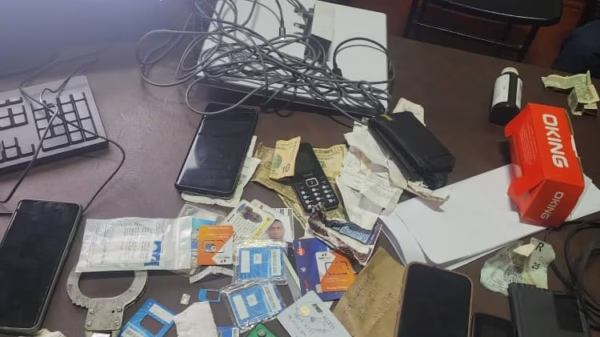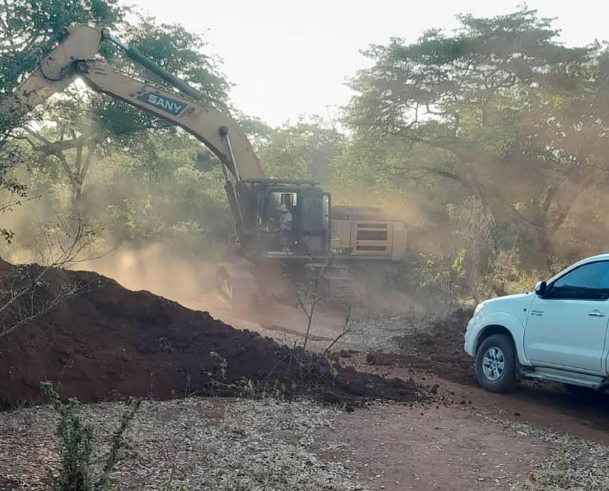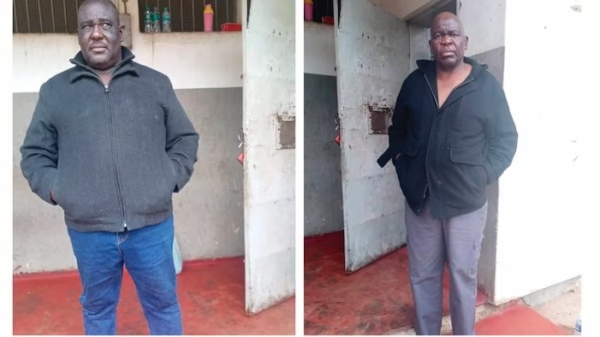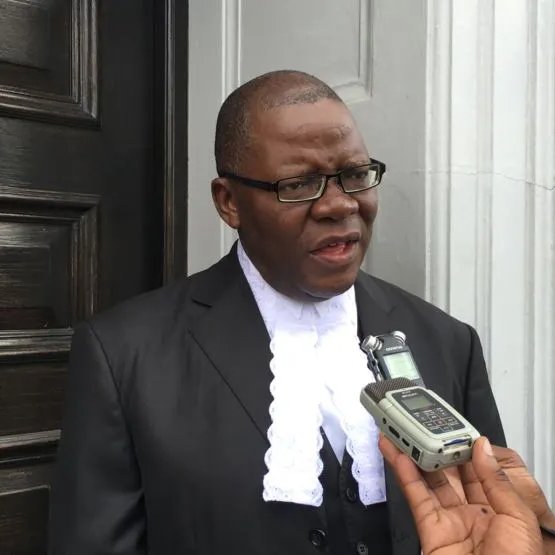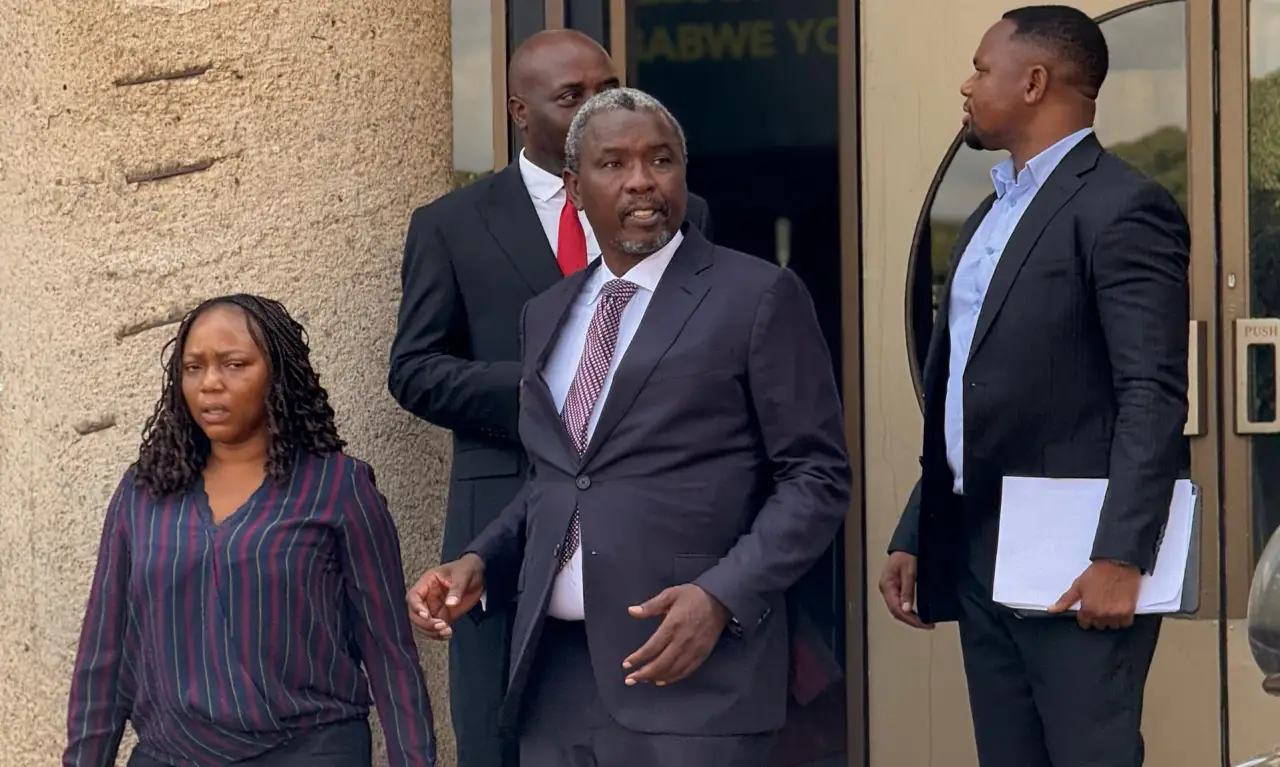Tinashe “Goga” Shumba, a gold mogul and potential Zanu PF candidate for the district’s MP seat, is leading a cartel in Mberengwa that has outraged the locals by invading the revered Janasi Mountain without their consent in quest of precious metals including gold, lithium, iron ore, antimony, emeralds, and diamonds.
The cartel, according to the villagers, lacks a certificate for an environmental impact assessment (EIA).
The group—which reportedly includes foreigners—arrived at the mountain last week with front-end loaders, explosives, drilling machines, and other large earthmoving gear.
They are blasting the mountain in several places. The Zimi Machingamidze branch of Chief Sadiki’s ruling clan considers Janasi Mountain to be sacred, and numerous of their ancestors are interred there.
Customary regulations prevent it from being desecrated. The tombs, according to the villagers, have been desecrated by mining activity. In one of the images received by this magazine, Shumba’s white Toyota Hilux double cab is seen parked next to a front-end loader that is on the job site collecting ore mixed with red dirt.
At the base of the mountain, some images reveal extensive excavations and gullies that have previously been left open, while other images display cleared vegetation. The improvements, according to Takavafira Zhou, secretary of the Mberengwa Lithium Community Development Group, has angered the local community.
“They lack documents (the environmental impact assessment and the permission from the Ministry of Mines). They have not interacted with the neighborhood. They are utilizing the Zanu PF political clout to their advantage.
As residents of Mberengwa, we are concerned about cartels encroaching on our community and beginning to mine gold, lithium, platinum, chromium, emerald, cop[1]per, tantalite, antimony, lime, etc. without consulting the local population or conducting an environmental impact assessment (EIA).
“We are against theft, looting, destruction, and siphoning of natural resources without taking into account the cultural and environmental values of host people, let alone without any guarantees of profits,” he stated. “We are not against the exploitation of the mineral riches of Mberengwa.
In an interview, Benson Bhasera, the Midlands manager for the Environmental Management Agency, stated that no company or individual had received an EIA to conduct mining activities at Janasi Mountain.
What I can tell you is that there is a lot of disorder in Mberengwa, particularly in the wards that separate Masvingo from the Midlands region. We have not released an EIA for any operations at Janasi Mountain. Our officer will be looking at what is occurring there, he added.
Mining businesses are obliged to conduct an EIA and submit an application for an EIA certificate under section 97 of the Environmental Management Act.
In order to guarantee that these combined consequences are taken into consideration during project design, an EIA thoroughly analyses both the positive and negative effects of the proposed project over and beyond the existing circumstances. Zhou, who is also the head of the Progressive Teachers’ Union of Zimbabwe, suggested that the theft of the revered Janasi Mountain would cause unrest in Mberengwa.
“The people of Mberengwa may be compelled by circumstances to band together and employ all available measures to halt the environmental terrorism taking place at Mount Janasi. No of the political relationships of individuals engaged, we must be consulted from the very beginning of any mining activity.
“I am in a meeting but I can hear you since I have already answered the phone,” he said. Upon being asked on the issue, he then said: “Let me call you after the meeting.”
“There is nothing like that; if it were a real mining enterprise, we would even see formal infrastructure like huts and fencing of the region going up. Simply put, the odd individuals that arrived with Shumba are invading the location and drilling everywhere.
What gives you the right to dig on graves only to hunt for minerals? It is unheard of in our tradition and history, according to Trust Mumbure, a villager. Mercy Ngorimbe, a different villager, claimed that the haphazard mining taking place on the mountain will have negative effects on both cattle, wildlife, and people.
“Besides desecration of the sacred mountain, wildlife is likely going to run away into our fields and homes which will increase our conflict with them. On the other hand, our livestock are going to be trapped in those pits, including some villagers. It’s a big crisis that has come on our land,” she said.
There has been cases of violations of customary laws that protect ancestral land for locals in the past. In March 2021, villagers in the Dinde area of Hwange district faced a similar predicament when they faced eviction to pave for a planned coal-mining project by Chinese-owned Beifa Investment Company that kicked off with the drilling of graves as part of its prospecting activities.
The dispute attracted the interest of the Centre for Natural Resources Governance (CNRG), a civil society advocacy group, as well as the Zimbabwe Lawyers for Human Rights (ZLHR) who instituted legal action to stop the eviction of the villagers. Dinde is home to thousands of people from the Nambya and Tonga ethnic communities.
Whange Central legislator Daniel Molokele (CCC) had to wade into the land dispute and the decision to displace the villagers was rescinded. The government also came under the spot – light for trying to evict nearly 13 000 Shangani people in Chiredzi, Masvingo province, to pave way for a grass production entity. After public pressure, the planned lucerne grass project was halted.
Human Rights Watch claims that on February 26, Local Government Minister July Moyo issued a court notice for the removal of indigenous people who were occupying around 12 940 hectares of Chilonga community land in Chiredzi, south-eastern Zimbabwe.
They were told to depart right away unless they were granted new permission to use or occupy that land. The area was designated for the cultivation of lucerne grass, which is utilized as stockfeed, according to the legal notice, Statutory Instrument 50 of 2021.

For comments, Feedback and Opinions do get in touch with our editor on WhatsApp: +44 7949 297606.




